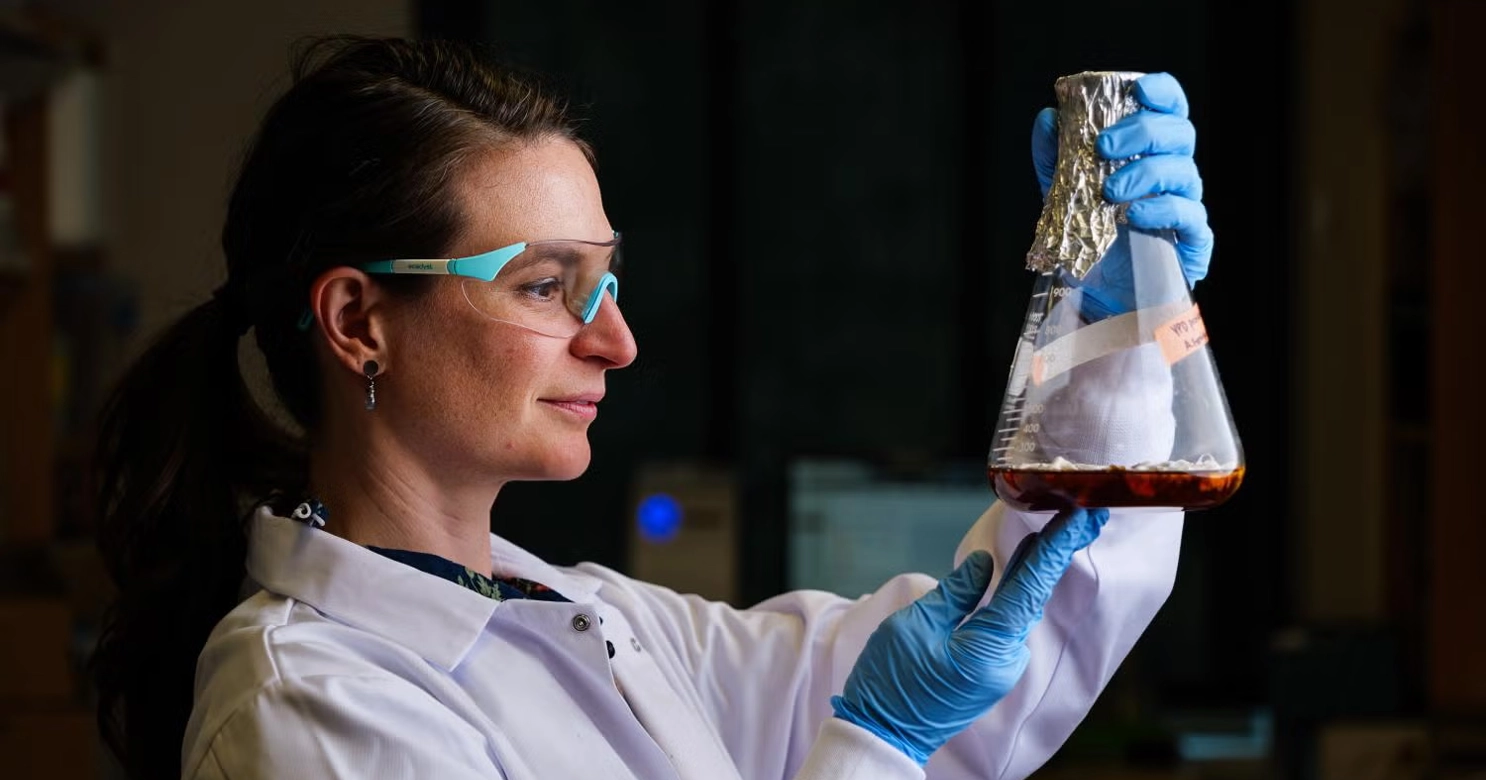Far-UVC Light at 222 nm is Showing Significant Potential to Safely and Efficiently Inactivate Airborne Pathogens in Occupied Indoor Locations

Far UVC light (UVC wavelengths below 235 nm) is a comparatively new modality with significant potential to safely and very efficiently inactivate airborne pathogens in occupied indoor locations. There are now significant accumulations of evidence both in terms of the safety of far-UVC for direct exposure of occupied indoor locations, and in terms of its efficacy to markedly reduce the levels of active airborne pathogens This article reviews both the safety of far-UVC, which has a clear mechanistic underpinning, and its efficacy, both in the laboratory and in full-sized rooms. Highlighted is the paper by Ma et al. in this issue of Photochemistry and Photobiology which addresses the efficacy of far-UVC light (in this case at 222 nm) against a broad spectrum of common pathogens including SARS-CoV-2 and influenza viruses. From their data, and based on our understanding of the largely random nature of UVC-induced damage within the genome, far UVC would be expected to be effective against the next pandemic virus, if and when it emerges.


